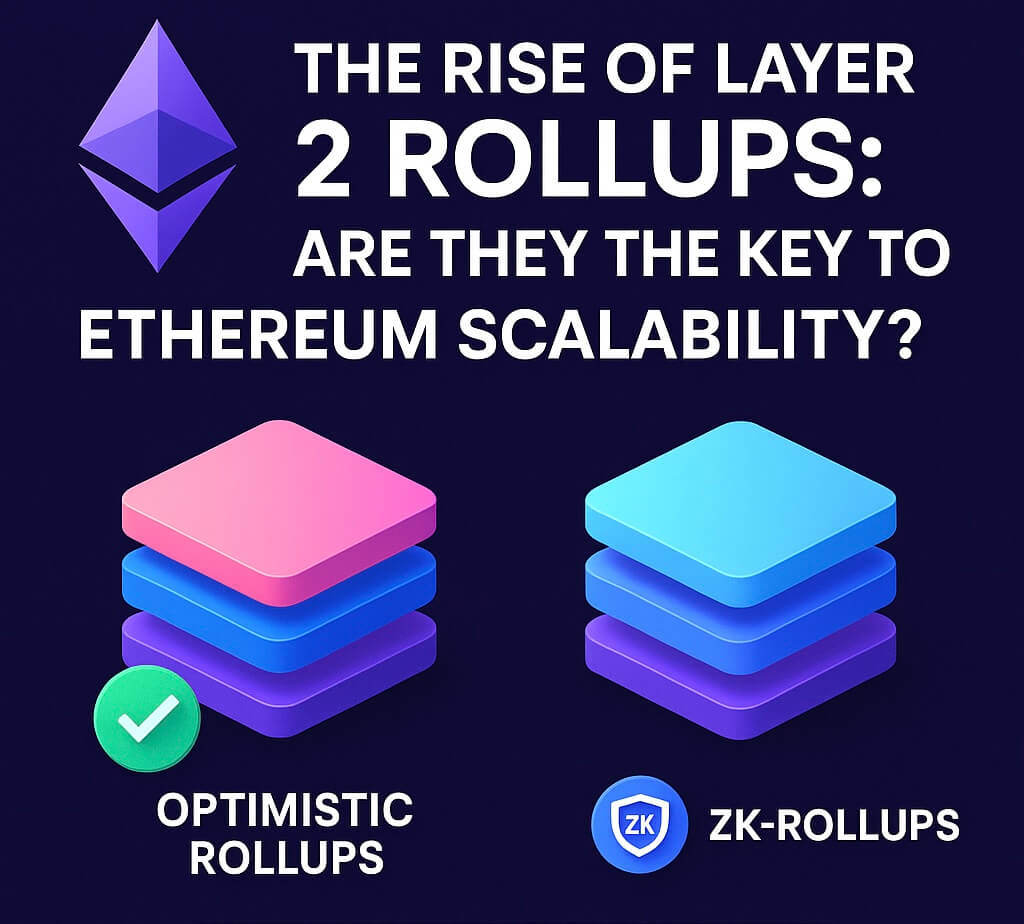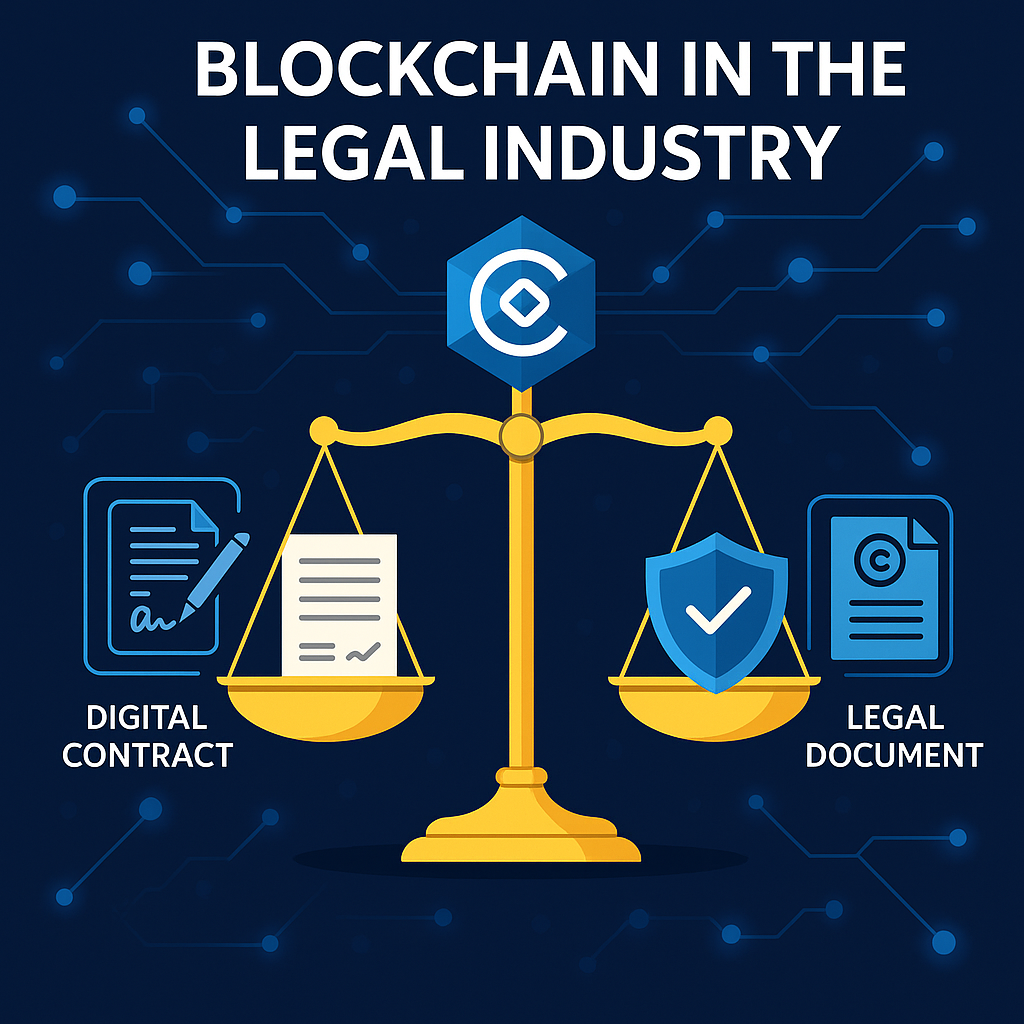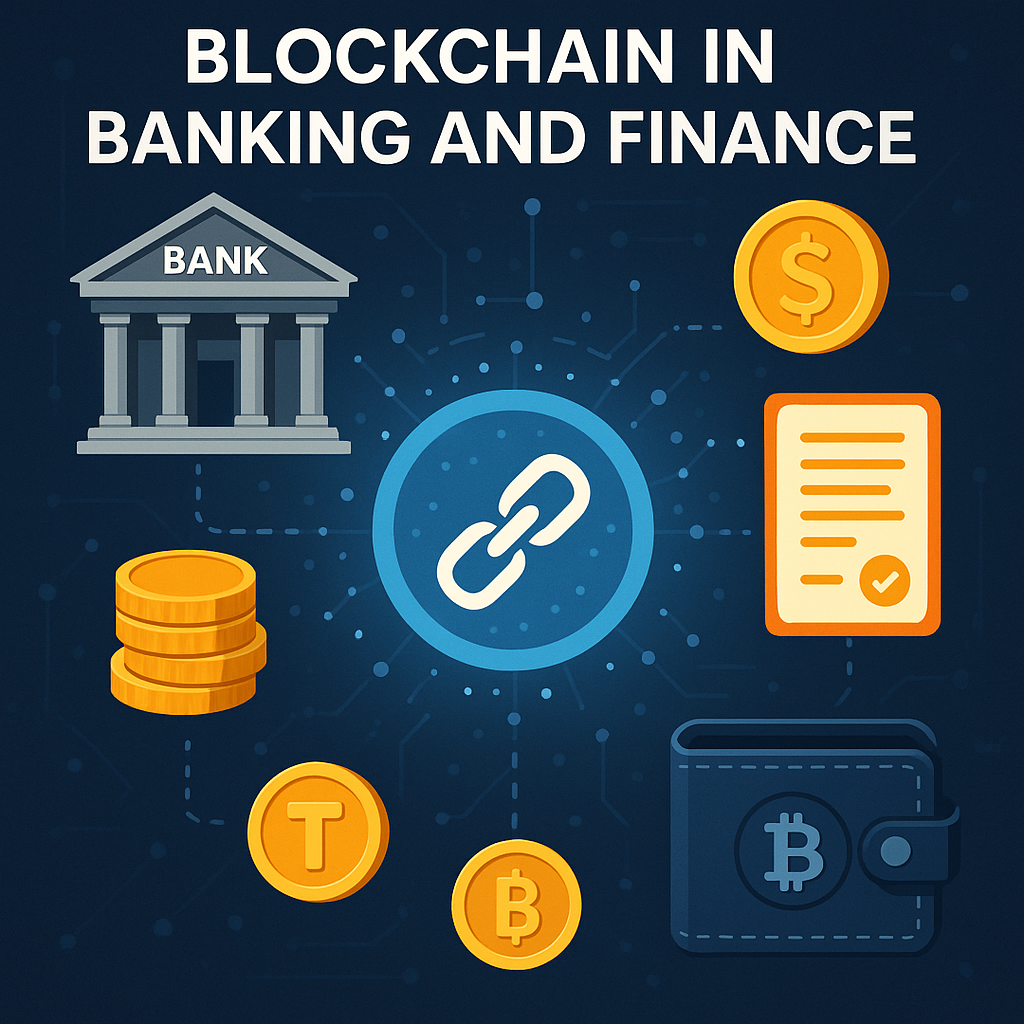The Rise of Layer 2 Rollups: Are They the Key to Ethereum Scalability?
As Ethereum continues to dominate the decentralized application (dApp) and DeFi ecosystems, its popularity has come at a cost: network congestion, high gas fees, and slower transaction speeds. To address these limitations without compromising security and decentralization, Layer 2 scaling solutions have emerged as a game-changer — with Layer 2 rollups leading the charge.
But what are rollups, and how are Optimistic Rollups and ZK-Rollups evolving to reshape the Ethereum landscape? Let’s dive in.
What Are Layer 2 Rollups?
Layer 2 rollups are scaling solutions built on top of the Ethereum mainnet (Layer 1) that bundle or “roll up” multiple transactions into a single batch. This batch is then processed off-chain, with only the final proof or summary recorded on the mainnet.
The result? Faster and cheaper transactions — all while retaining Ethereum’s security.
There are two main types:
- Optimistic Rollups
- Zero-Knowledge (ZK) Rollups
Optimistic Rollups: Trust But Verify
Optimistic rollups, such as Arbitrum and Optimism, operate under the assumption that transactions are valid by default. They allow anyone to challenge fraudulent activity within a set timeframe using fraud proofs.
Pros:
- Easy to implement for existing smart contracts
- High compatibility with the Ethereum Virtual Machine (EVM)
- Rapid developer adoption
Cons:
- Withdrawal delays due to fraud challenge periods (up to 7 days)
- Still maturing in terms of UX and cross-chain communication
ZK-Rollups: Cryptographic Precision
ZK-Rollups use zero-knowledge proofs (specifically SNARKs or STARKs) to mathematically verify the correctness of off-chain transactions. Protocols like zkSync, StarkNet, and Polygon zkEVM are leading this evolution.
Pros:
- Instant finality
- High throughput and lower gas fees
- Ideal for fast, high-volume use cases
Cons:
- Complex implementation
- Limited support for general-purpose smart contracts (though this is rapidly improving)
Impact on Ethereum: Lower Fees, Higher Speeds, and Mass Adoption
The true value of rollups lies in their ability to unlock Ethereum’s scalability without requiring a full Layer 1 overhaul. Here’s how:
- Transaction costs on rollup chains are already a fraction of mainnet fees
- Speeds have increased dramatically — ideal for gaming, NFT trading, and DeFi
- More users can interact with dApps affordably, driving mainstream adoption
As more projects move to Layer 2, Ethereum is evolving from a congested chain into a high-performance multi-layer ecosystem.
Real-World Adoption: Play-to-Earn on Layer 2 with Flutter Bees
One exciting example of Layer 2 adoption is Flutter Bees, a platform that rewards users in $FLTR TON tokens via engaging tasks and gameplay.
Flutter Bees leverages the Telegram ecosystem, offering seamless onboarding and Layer 2-powered earnings with ultra-low fees. Whether you’re new to crypto or a seasoned user, it’s a simple way to interact with decentralized apps and earn real tokens.
The rise of Layer 2 rollups marks a pivotal moment for Ethereum. With Optimistic and ZK-Rollups maturing rapidly, they are no longer just experiments — they’re essential infrastructure for Ethereum’s future.
As we move toward mass adoption, these technologies will play a critical role in making blockchain applications faster, cheaper, and more accessible. And with platforms like Flutter Bees showing what’s possible on Layer 2, the future is closer than ever.






Post Comment